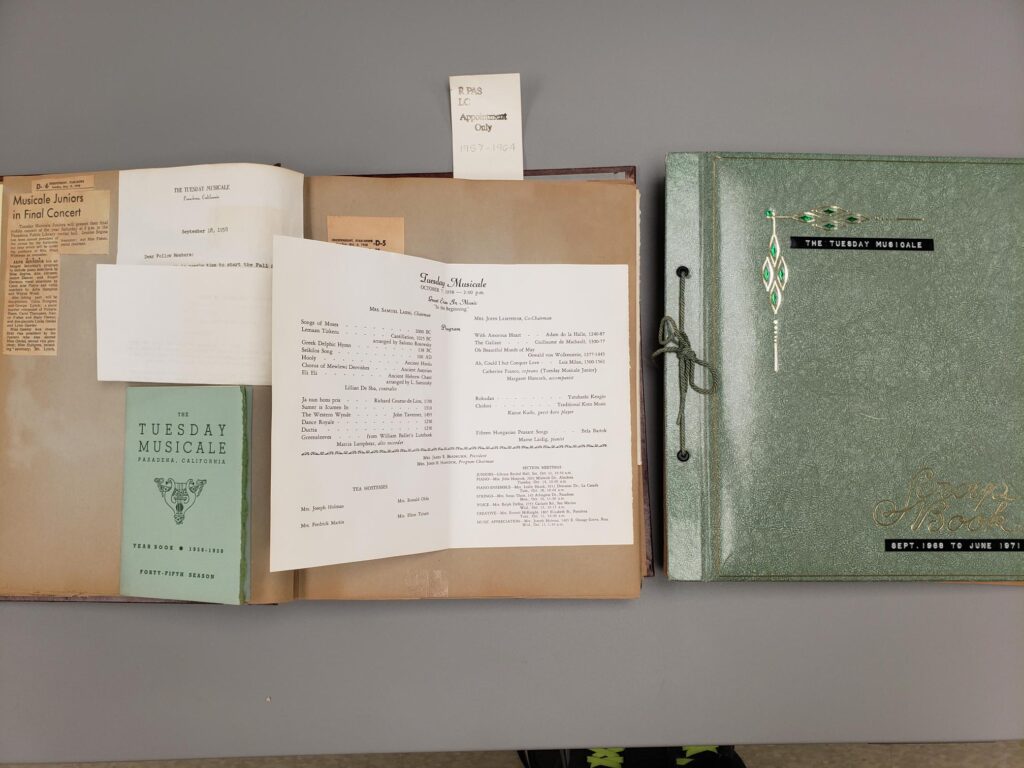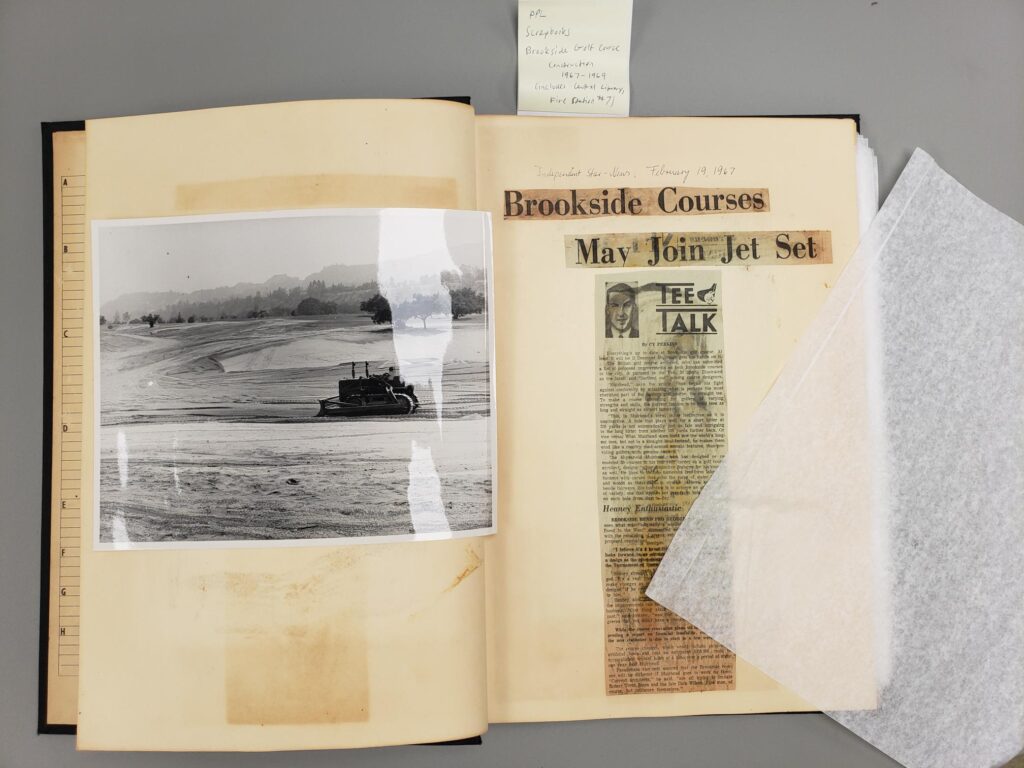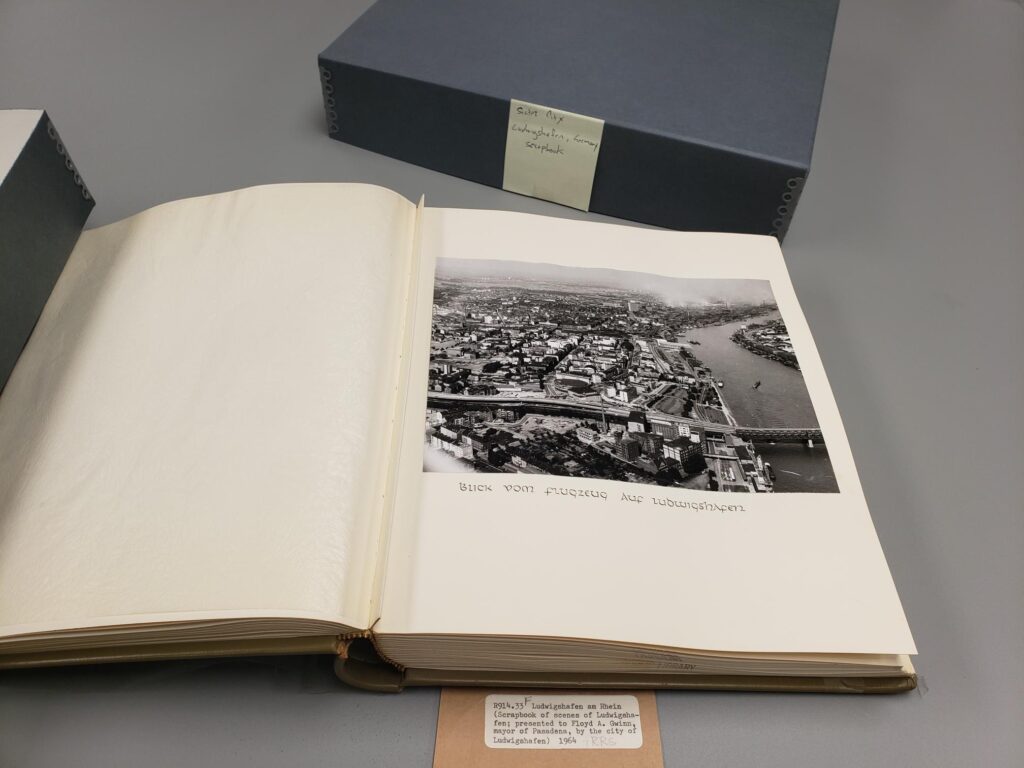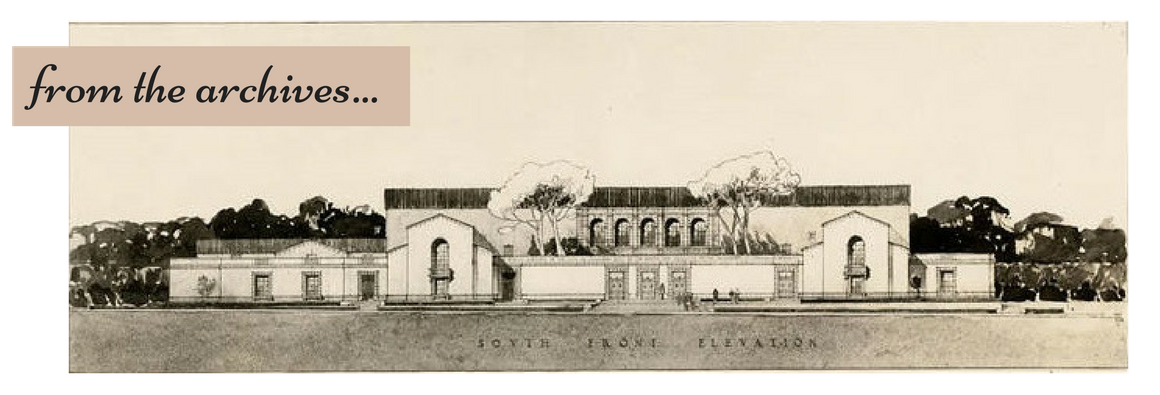Long before Facebook, Instagram, X, and Pinterest existed, people made photo albums and scrapbooks to highlight and document notable events and things they deemed interesting. Scrapbooking was particularly popular because of the wide variety of media one could use, and it allowed for more creativity in its creation. Photographs, news clippings, images from magazines, and ephemera were trimmed to size and glued or taped to a page. The computer lingo “cut and paste” that we often use today has its origin in manuscript editing and scrapbooking in which sections of text or images are physically cut, arranged, and pasted onto a page.
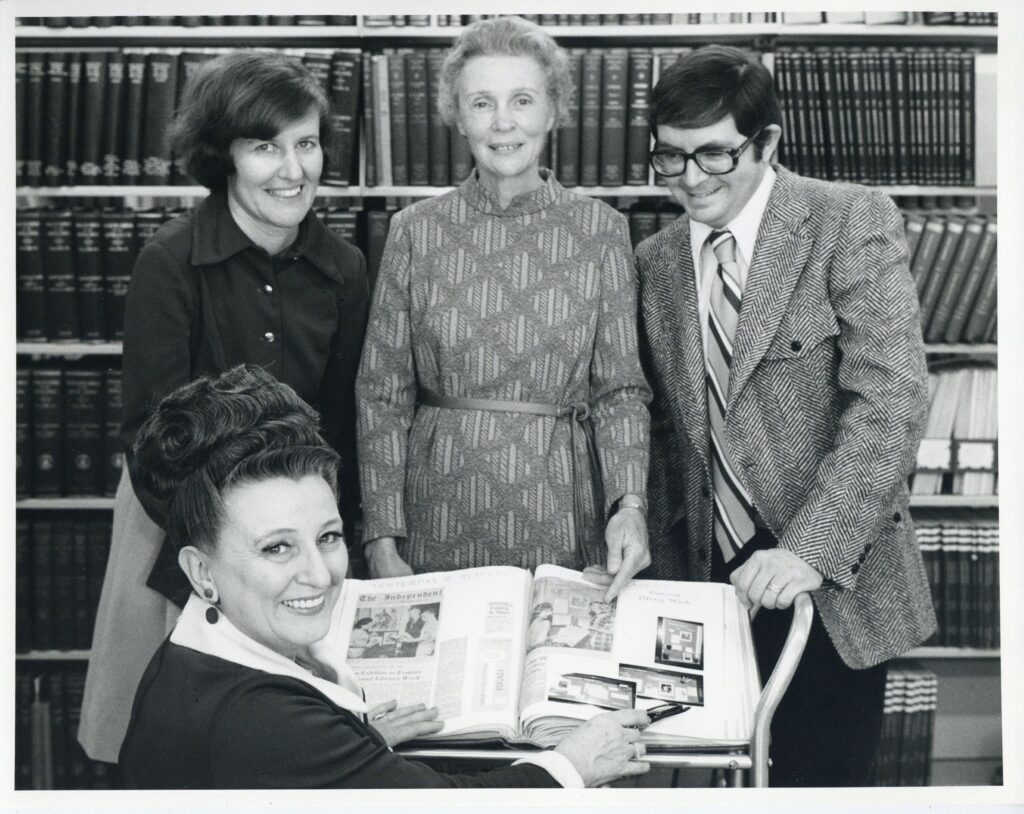
Scrapbooks originated from the commonplace books that were popular in 15th-century England. These were books that mostly the well-educated used for compiling bits and pieces of information and thoughts—recipes, quotes, poetry, letters, and other mementos. With the advent of the printing press and then photography in the 15th and 19th century, respectively, these books quickly evolved into the scrapbooks we recognize today—a book containing news clippings, magazine cutouts, photographs, ticket stubs, flyers, and various other items that could be placed flatly on a page.
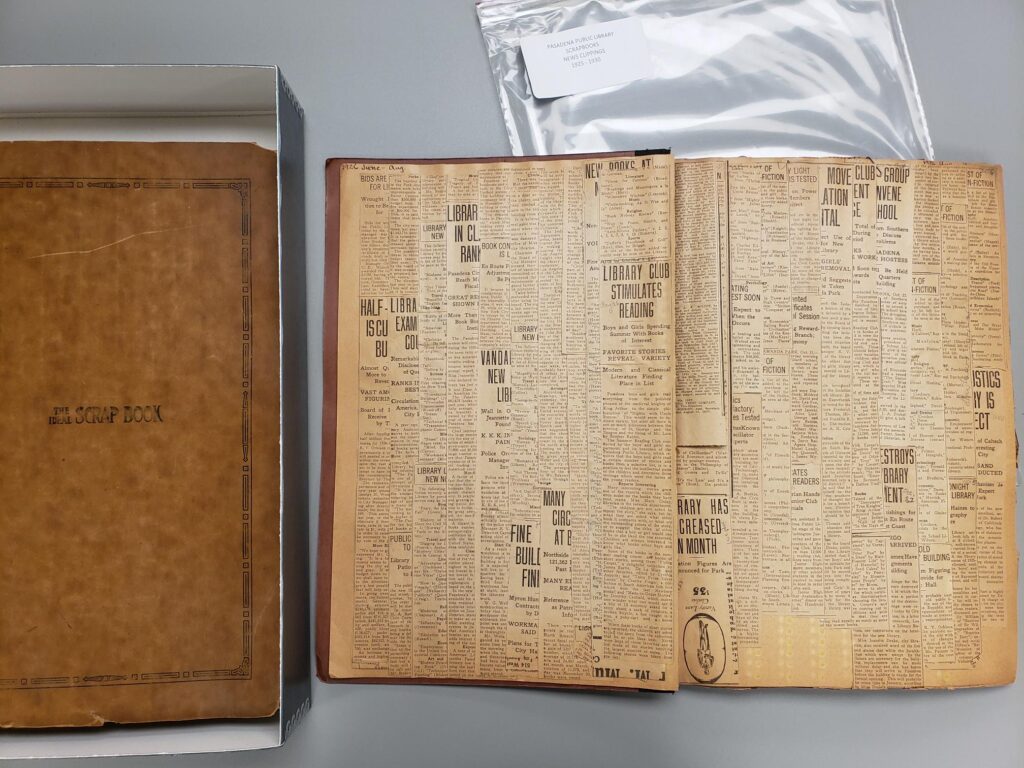
Using glue, tape, scissors, and mixed media and even objects, scrapbooking has become very much an arts and craft activity. However, it’s more than just a fun hobby, scrapbooking is also a legitimate way to record personal and organization history and document events that were significant to a person, family, or organization. Scrapbooks are a collection of memories, and like a piece of art, every scrapbook is unique with its own story to tell.
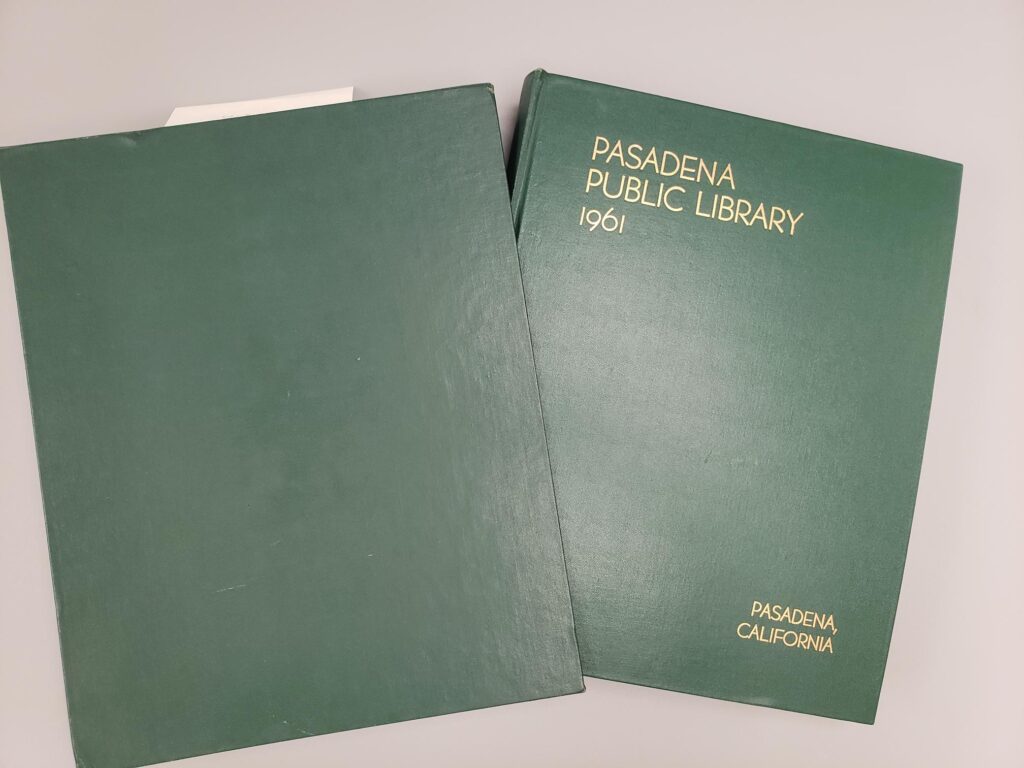
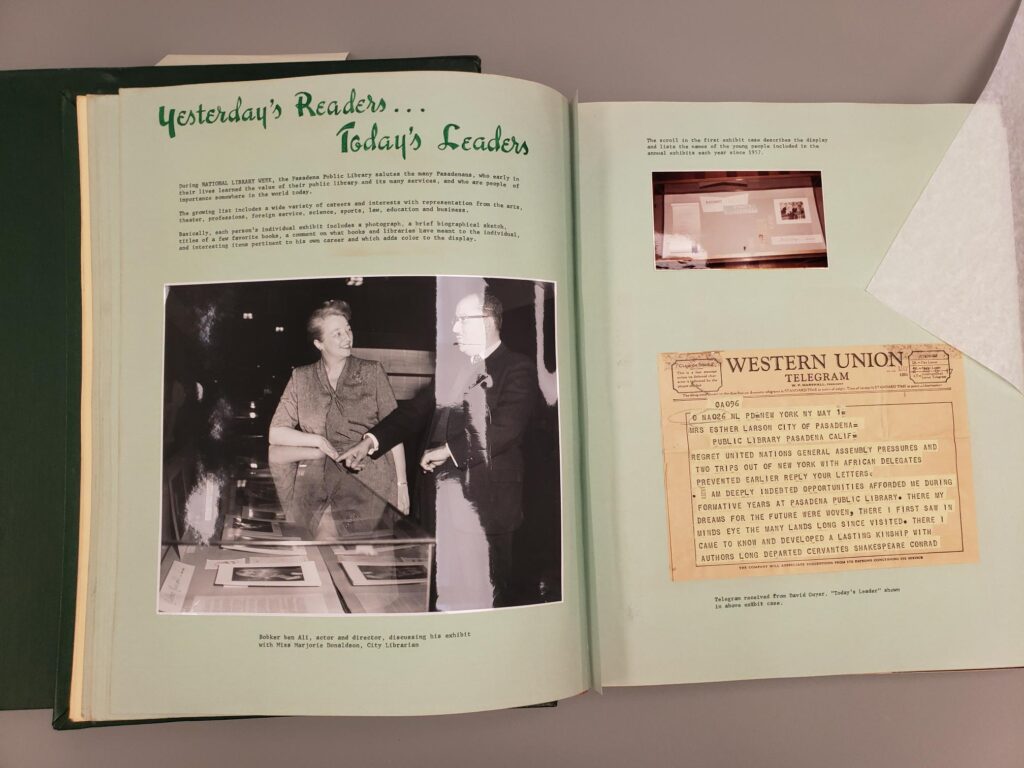
The Pasadena Public Library has in its special collections a variety of scrapbooks from individuals and organizations such as Tuesday Musicale, Public Works Department, and the Pasadena Playhouse, but it also has a significant collection of scrapbooks that library staff have created over the years. A number of them were created by Betty Ryder, who was a librarian at the Pasadena Public Library between 1963 and 1976. The scrapbooks she put together highlight the many library programs and events held at different branches in Pasadena, notably Lamanda Park Branch and Linda Vista Branch where she was a branch librarian. They offer a glimpse into the past and have become part of the library’s historical records.
Her scrapbooks and two others made by librarians have been digitized by California Revealed and can be viewed at these two websites:
California Revealed (page scrolling view)
Internet Archive (page flipping view)
(You can clear all filters to see the rest of the Library’s digital collection in California Revealed and Internet Archive.)
